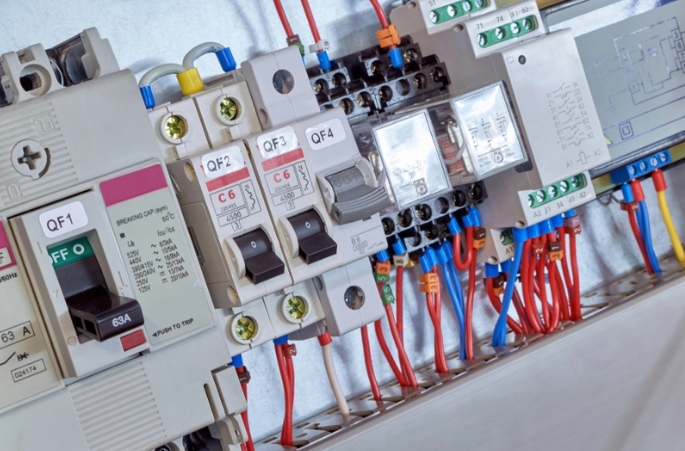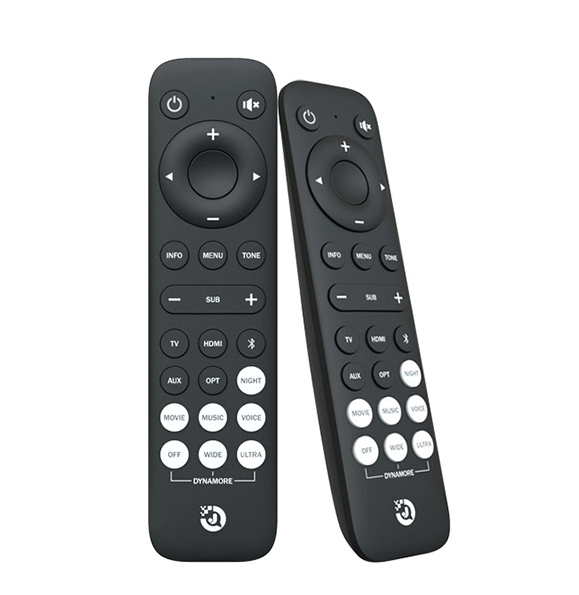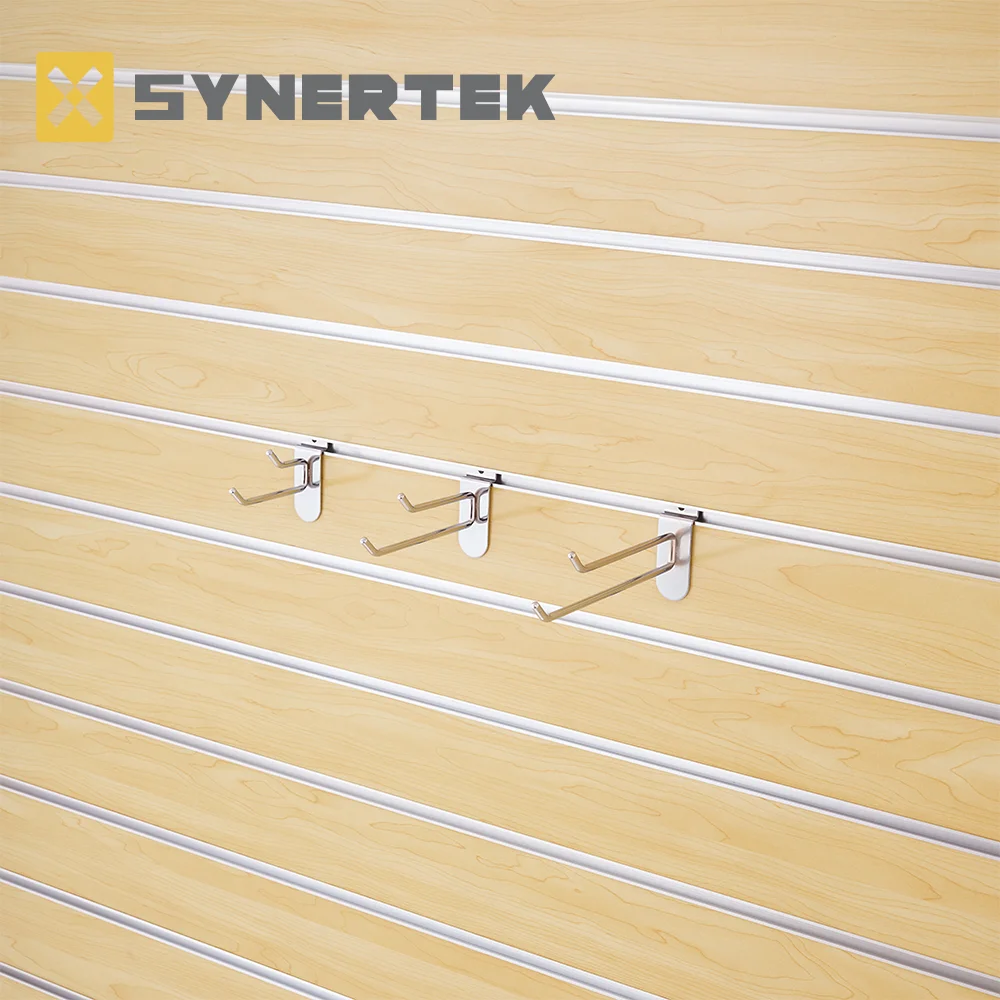
Relays are essential components in electrical systems, serving as switches that control the flow of current. Understanding how a relay is wired is crucial for anyone working with electrical circuits, from hobbyists to professionals. In this comprehensive guide, we will delve into the intricacies of relay wiring, exploring different wiring configurations, applications, and best practices. Whether you're a seasoned electrician or a curious enthusiast, this article will equip you with the knowledge needed to master the art of wiring relays.
- The Basics of Relay Wiring:
To comprehend relay wiring, it's essential to grasp the fundamental components and their functions. A relay typically consists of a coil, contacts, and a core. The coil generates a magnetic field when energized, which in turn activates the contacts, allowing or interrupting the flow of current. We will explore the various types of relays and their specific wiring requirements, including electromechanical relays, solid-state relays, and reed relays. - Wiring Configurations:
Relays can be wired in different configurations to suit specific applications. We will discuss the most common wiring configurations, such as the single-pole, single-throw (SPST), single-pole, double-throw (SPDT), and double-pole, double-throw (DPDT) setups. Each configuration offers unique advantages and is suitable for different scenarios. We will provide detailed diagrams and explanations for each wiring configuration, ensuring a clear understanding of their functionality. - Applications and Case Studies:
Relays find applications in a wide range of industries, from automotive and telecommunications to industrial automation and home appliances. We will explore real-world case studies that highlight the practical use of relays in various scenarios. These case studies will cover topics such as motor control, lighting systems, HVAC (heating, ventilation, and air conditioning), and safety circuits. By examining these applications, you will gain insights into how relays are wired in specific contexts and how they contribute to overall system functionality. - Best Practices and Troubleshooting:
Wiring relays requires attention to detail and adherence to best practices to ensure optimal performance and safety. We will provide a comprehensive list of best practices for relay wiring, covering aspects such as proper wire sizing, insulation, grounding, and protection against voltage spikes. Additionally, we will discuss common troubleshooting techniques to identify and resolve wiring issues, ensuring reliable operation of relay-controlled systems.
Conclusion:
Mastering the art of wiring relays is a valuable skill for anyone working with electrical circuits. This comprehensive guide has provided an in-depth exploration of relay wiring, covering the basics, different wiring configurations, practical applications, and best practices. By following the guidelines outlined in this article, you will be equipped to wire relays confidently and efficiently, enabling you to tackle a wide range of electrical projects with precision and expertise.




